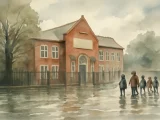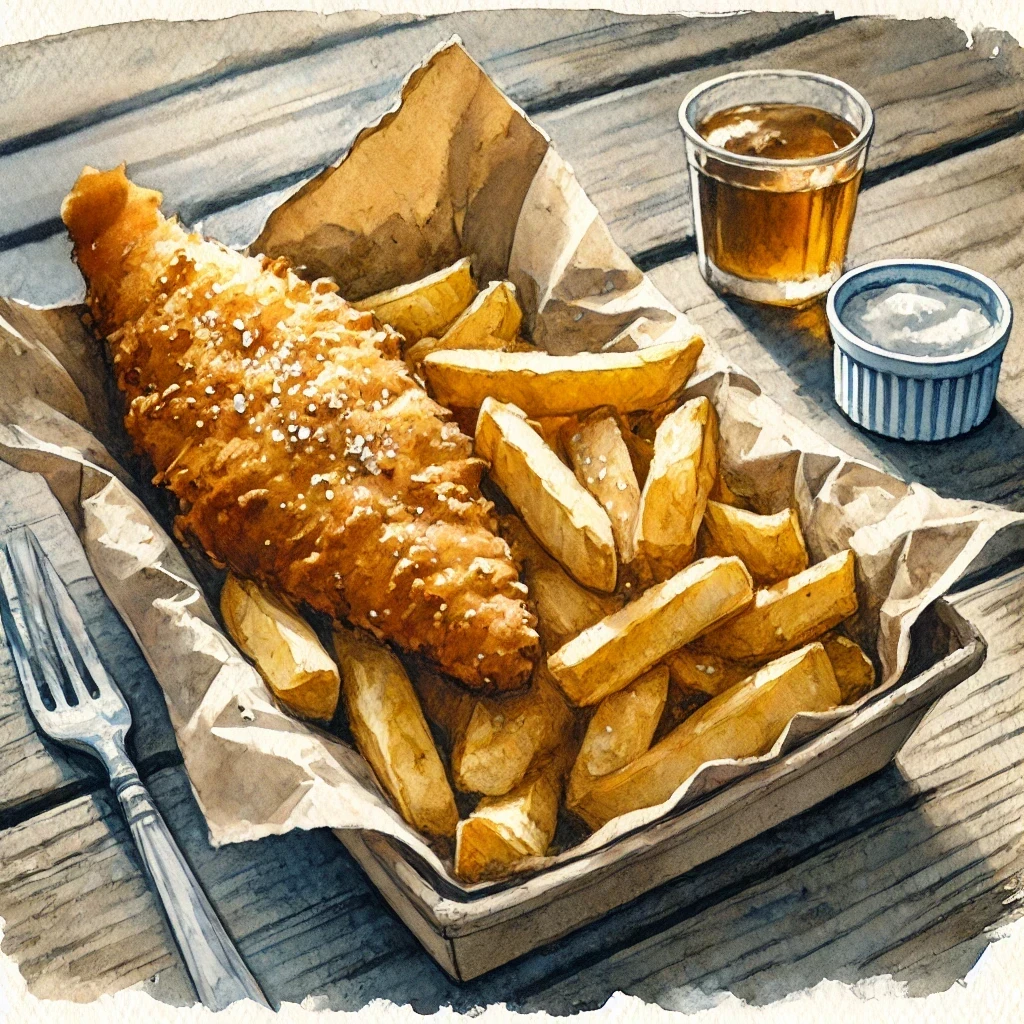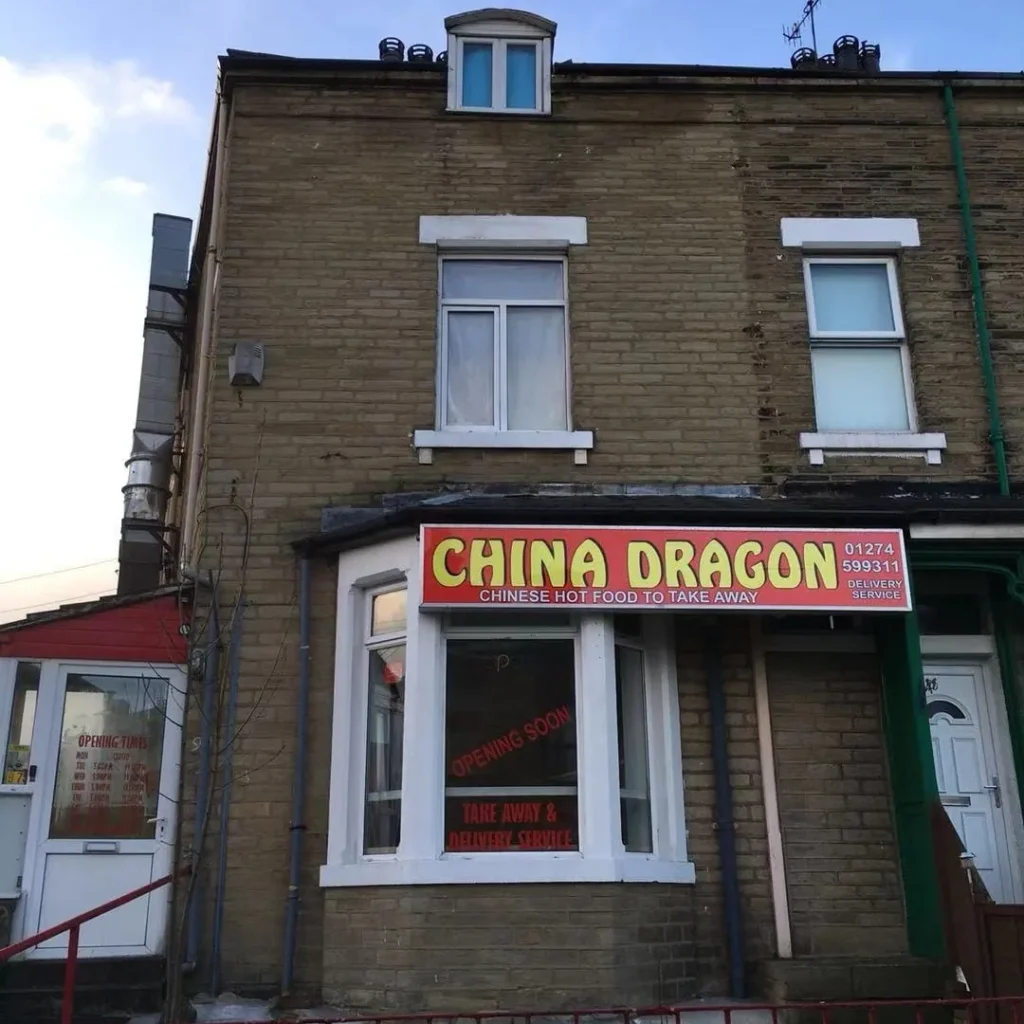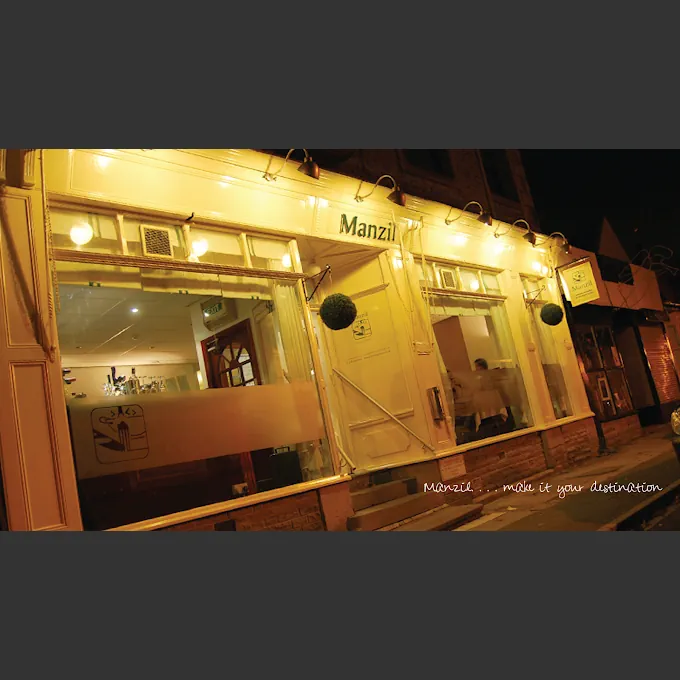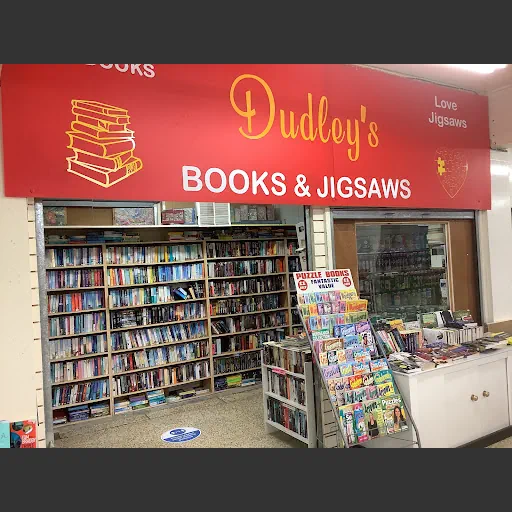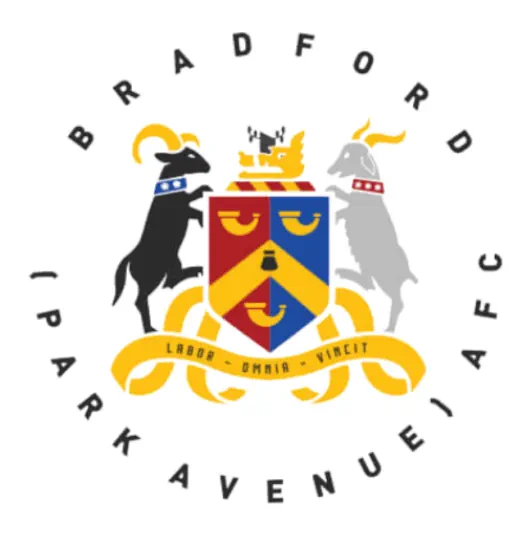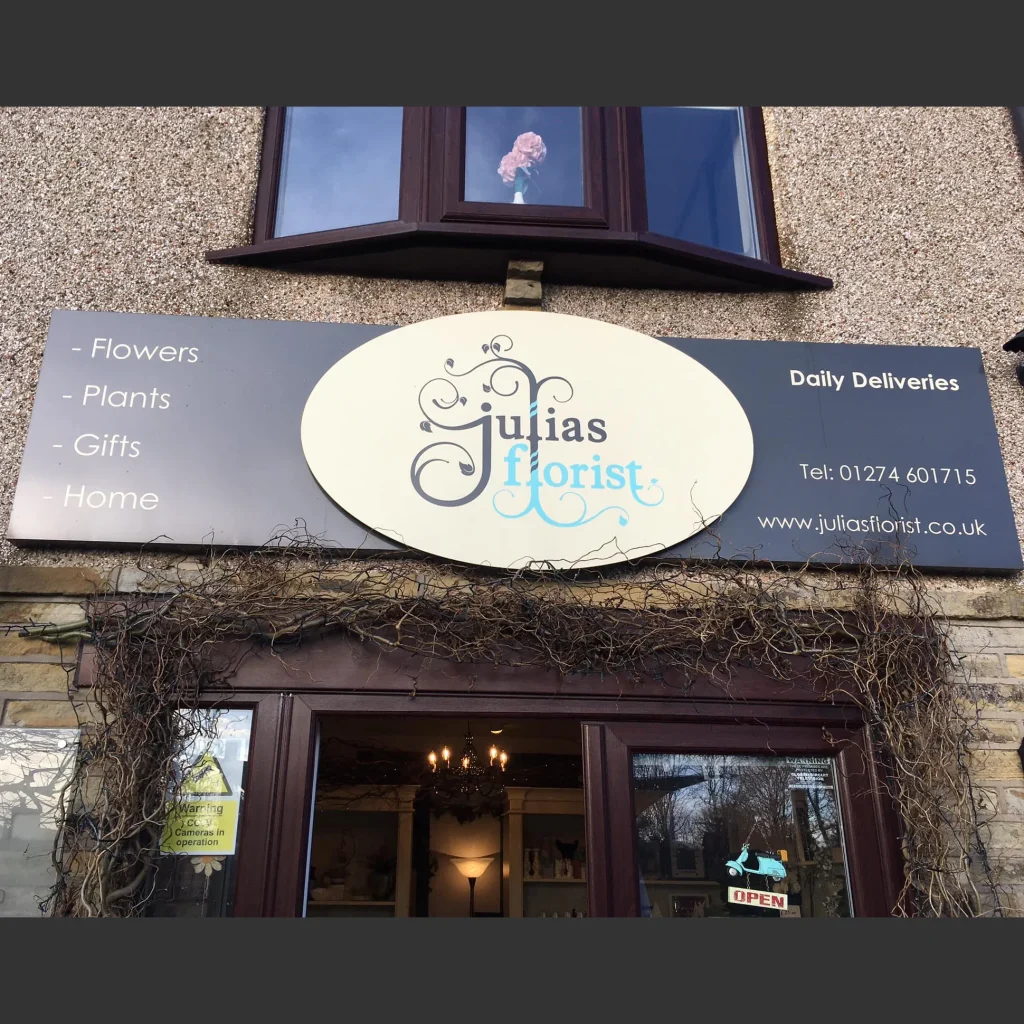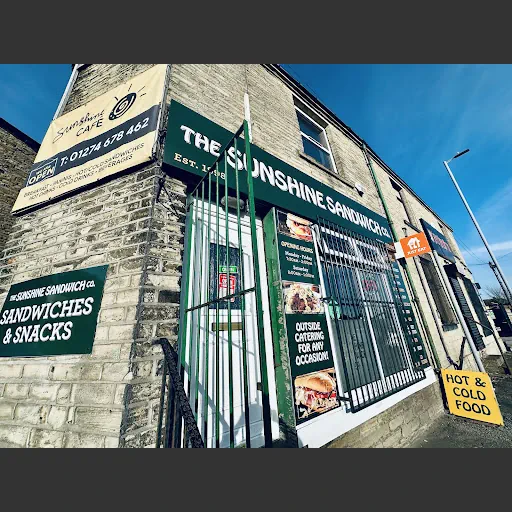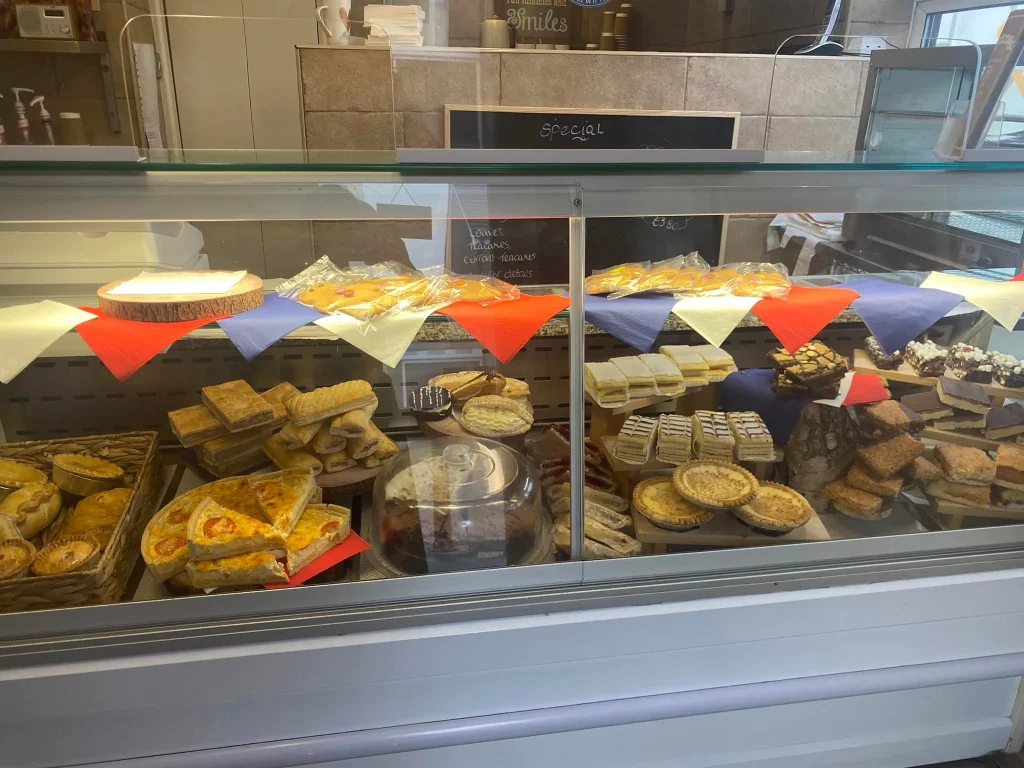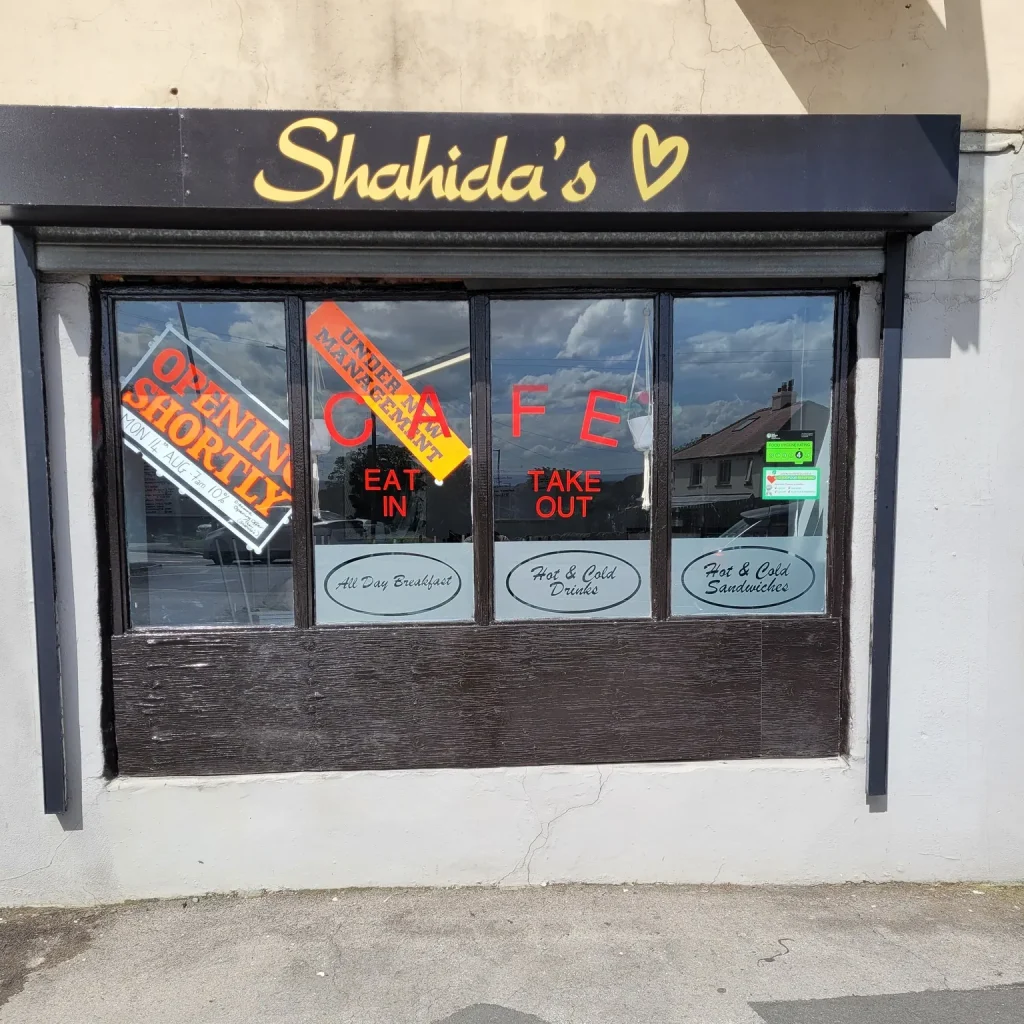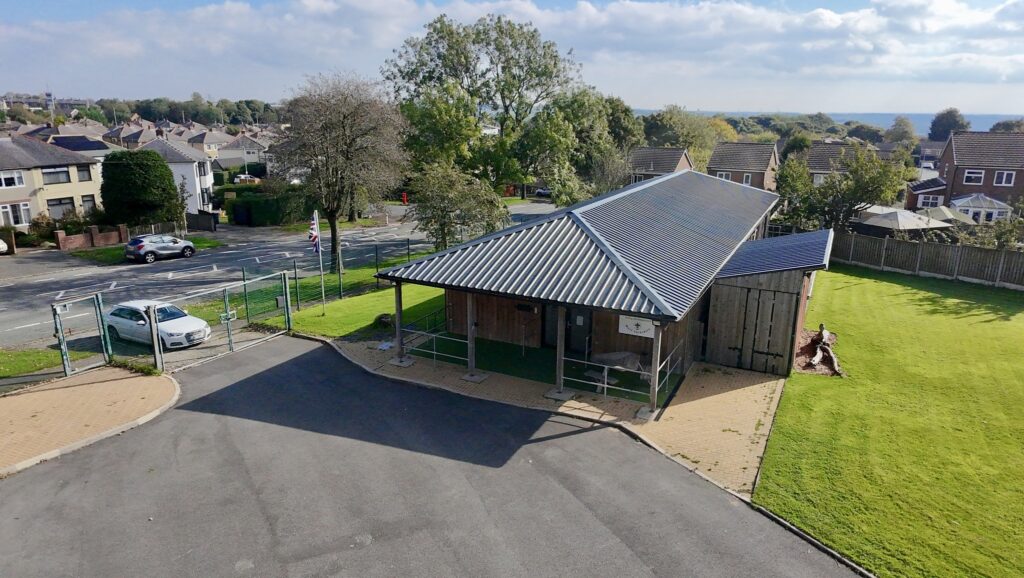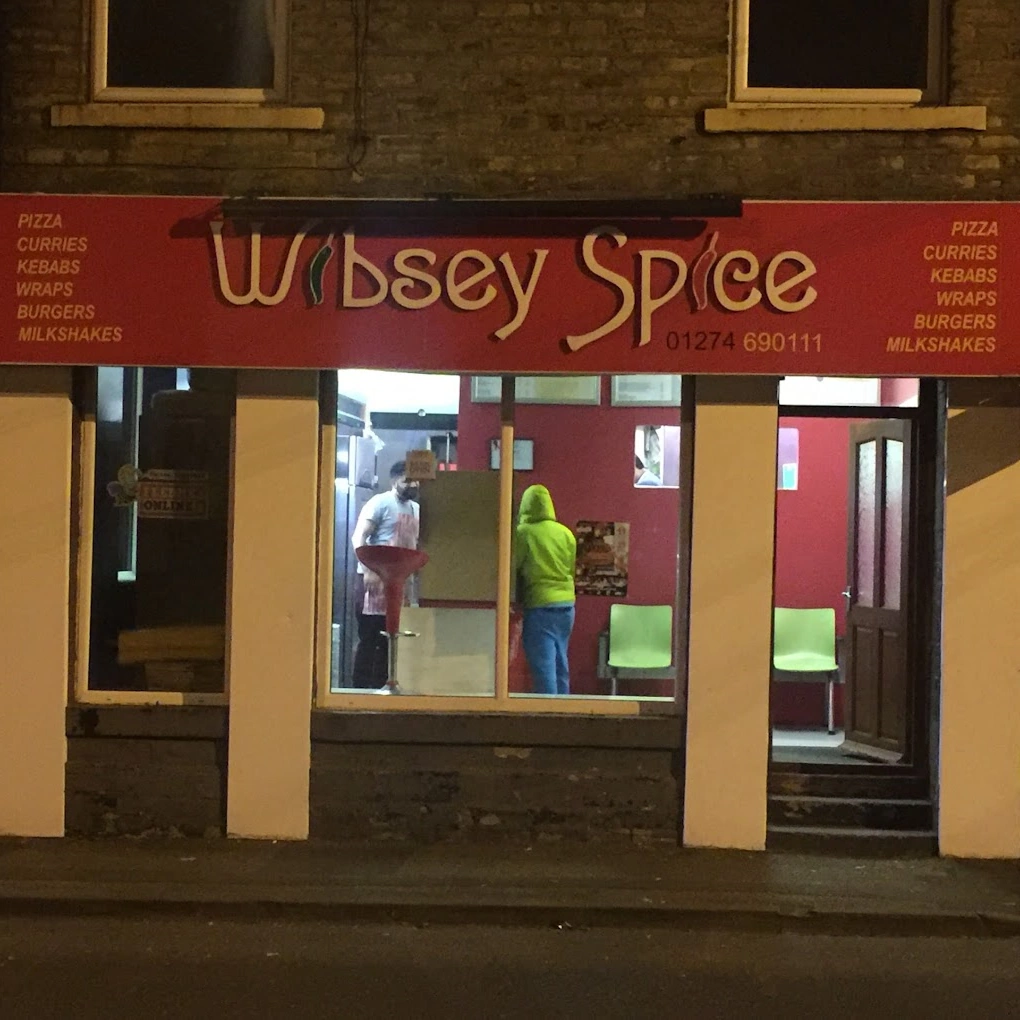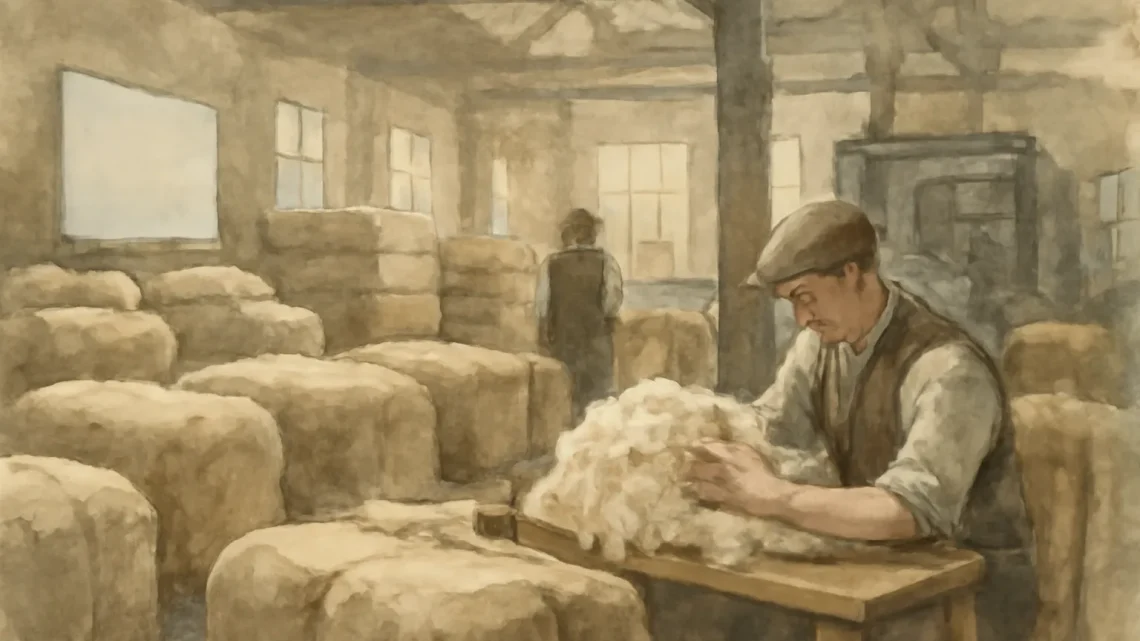
British Wool’s Enduring Legacy in Bradford’s Textile Industry
October 20, 2025Explore the history and ongoing impact of British Wool in Bradford
British Wool, a non-profit organisation run by farmers, has played a significant role in Bradford’s textile industry for over six decades. This year marks the 75th anniversary of British Wool, which collects, grades, promotes, and sells wool produced in the UK. The organisation’s history and contribution to Bradford’s wool trade are featured in the Woven Through Time exhibition at the Bradford Industrial Museum, running until 16th November 2025.
Historical milestones of British Wool in Bradford
British Wool was originally founded as The British Wool Marketing Board in London in 1950 to support British farmers. By the 1960s, it had established a grading and training centre at Oak Mills in Clayton, Bradford. This centre played a key role in maintaining high standards in wool grading and training.
In 1967, British Wool collaborated with Bradford Technical College’s Textile Department to produce an advert promoting all-British wool cloth for clothing and home furnishings. The 1970s saw the introduction of the Shepherd’s Crook trademark in 1970, a symbol certifying genuine British farmers’ wool. In 1977, British Wool officially moved its headquarters to its Bradford site in Clayton, cementing the city’s status as the UK’s wool capital despite a decline in the local textile industry.
Developments from the 1990s to today
- In the 1990s, British Wool addressed a shortage of sheep shearers by becoming the UK’s shearing assessment centre in 1999, offering internationally recognised training and qualifications.
- British Wool was a founding partner of the Campaign for Wool launched in 2010, which promotes wool’s benefits and supports the industry. This campaign includes Wool Week, now expanded to Wool Month each October, featuring events and activities celebrating British wool.
- In 2012, British Wool moved to new premises on Canal Road in Bradford, where it remains today.
- In 2022, the organisation introduced a traceability scheme ensuring all wool is fully traceable back to the farm of origin. The same year, Amy-Jo Barton became the UK’s first female wool grader, marking a milestone for the industry.
Visit the exhibition and explore more
The Woven Through Time exhibition at Bradford Industrial Museum showcases photographs by Ian Beesley that document British Wool’s role in Bradford’s textile heritage, including images from the 1980s of the former British Wool depot in Clayton. The exhibition offers a unique insight into the past and present of Bradford’s wool industry and runs until November 2025.
For those interested in purchasing prints of Ian Beesley’s photographs, these are available via the Bradford District Museums & Galleries photo archive website: Ian Beesley – Photos Bradford.
To learn more about British Wool’s current activities, particularly during Wool Month, readers can follow them on social media platforms including Facebook, Instagram, and Twitter.
British Wool continues to support local farmers and provide employment in Bradford, maintaining the city’s historic connection to the wool industry while promoting sustainable wool production across the UK.


